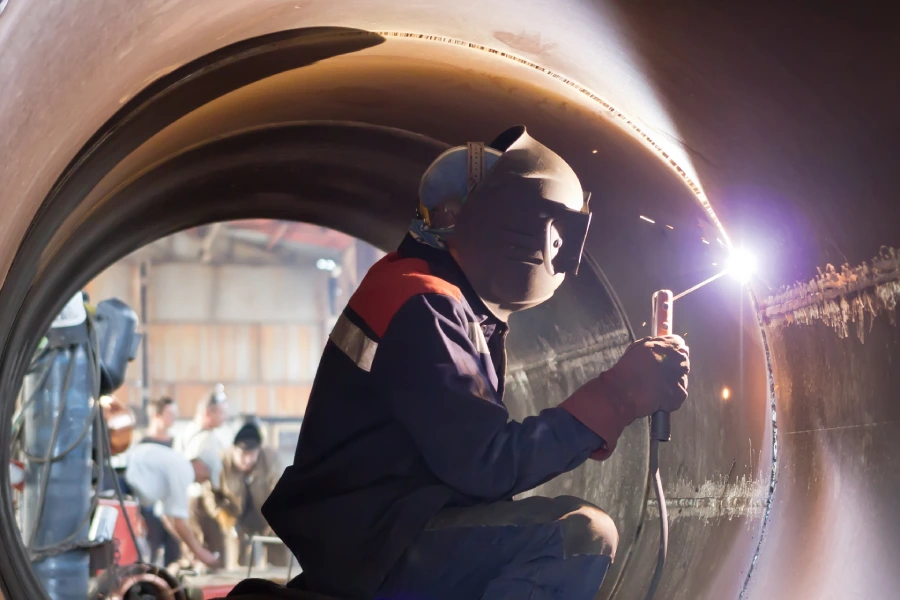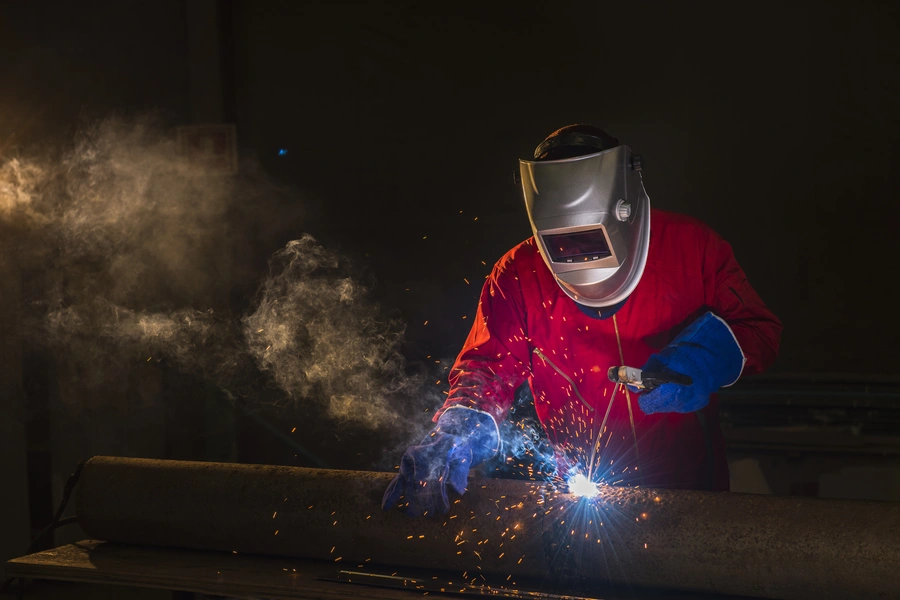Understanding the Role of Metal Joining Techniques in Construction
Welding is an essential process in the construction industry, ensuring strong connections between metal components. Pipes often require welding to create durable and leak-proof joints. Effective welding methods are crucial for maintaining the integrity of pipelines across various applications, from water supply systems to gas pipelines. The strength of these connections directly impacts the longevity and safety of the entire infrastructure. Understanding how different welding techniques contribute to creating robust pipe connections can help you appreciate their importance in everyday structures.

The Advantages of Using Welding for Pipes
Pipes need to withstand high pressure and harsh environmental conditions. This is where pipe welding shines by providing several benefits:
- Forms a tight seal that prevents leaks
- Ensures long-lasting durability under varying temperatures
- Provides flexibility in design and installation
- Enables efficient transportation of fluids and gases
Common Challenges in Creating Secure Pipe Joints
While pipe welding offers numerous advantages, there are challenges professionals encounter during the process:

- Ensuring precise alignment of pipe sections
- Avoiding defects like cracks or porosity in the welds
- Maintaining consistent heat input to prevent material distortion
- Dealing with access limitations in confined spaces
Techniques to Overcome Welding Challenges
Professionals use specific strategies to tackle the difficulties associated with pipe welding. For instance, using proper alignment tools ensures accurate joint formation. Additionally, applying pre-heat treatments helps minimize stress and reduce cracking. Adequate ventilation and protective gear are also important to ensure safety when working in confined spaces. With careful planning and skilled execution, these challenges can be successfully managed.
Best Practices for Achieving Reliable Welded Joints
To maximize the effectiveness of welded pipe connections, consider these best practices:
- Regularly inspect equipment for wear and tear
- Select appropriate filler materials based on pipe composition
- Use advanced welding technologies like automatic machines for precision
- Adhere to industry safety standards throughout the process
Industry Standards Governing Pipe Installation
The American Society of Mechanical Engineers (ASME) provides guidelines for welding processes, ensuring high-quality standards for welded joints. These standards cover aspects like allowable stress values, material selection, and testing procedures for pipe connections. Compliance with such regulations ensures that all installations meet safety requirements and function reliably over time.
Cost Factors Involved in Pipe Welding Projects
The cost of a welding project depends on multiple factors including material type, labor requirements, and project complexity. Investing in quality materials may initially raise costs but ultimately enhances durability, reducing maintenance expenses. Furthermore, employing experienced technicians assures efficient operation and minimizes errors, offering a better return on investment.
Your Path to Quality Welded Solutions
If you’re seeking reliable and durable solutions for your piping needs, consider professional welding services. Located in Salinas, CA, our company provides top-notch workmanship tailored to your specific requirements. Contact us at (831) 262-7787 for expert support and let Leo G And Sons Welding help achieve optimal results for your projects.